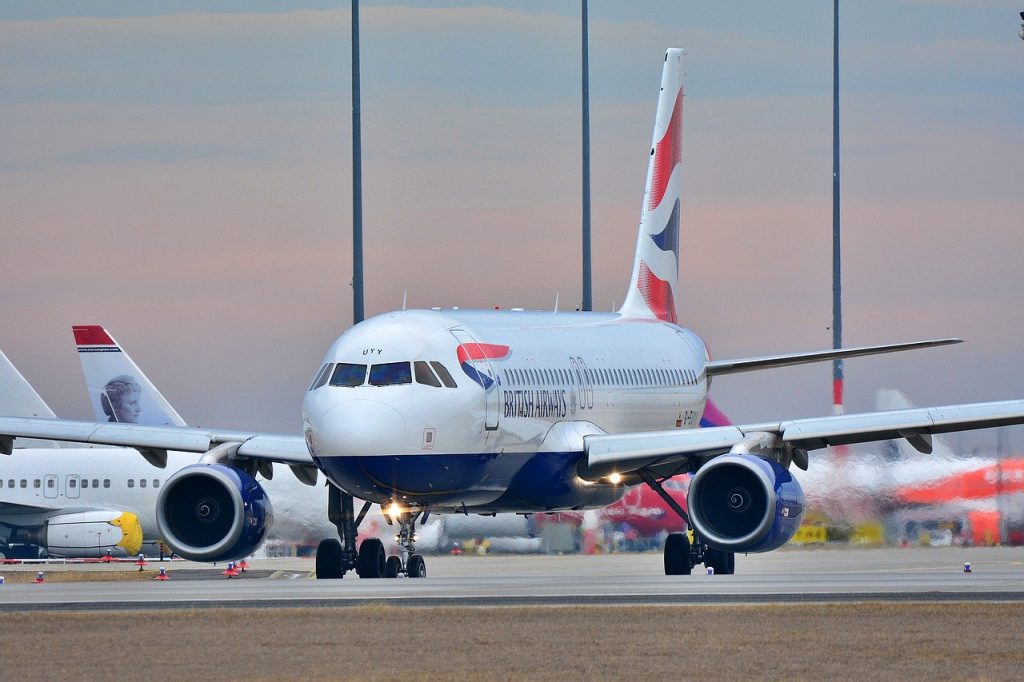To combat trade wars, tariffs, and other obstacles, it’s important to optimize your supply chain. One way is to minimize air freight cost, which is generally a fast and reliable but expensive option.
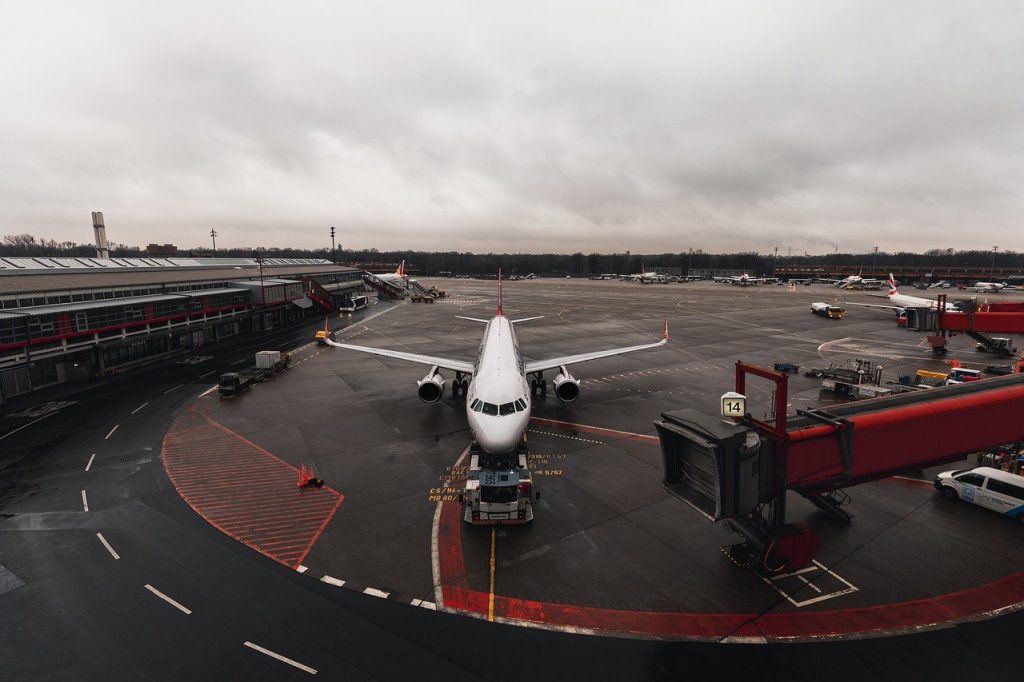
1. Evaluate Lead Times And Use The Appropriate Transport Mode.
If lead times aren’t tight, consider using slower transportation methods, such as ocean, which are often less costly than air freight. Make sure you are not shipping faster than the receiver requires.
2. Rely On Data To Know Where To Use Air Transport In Your Network.
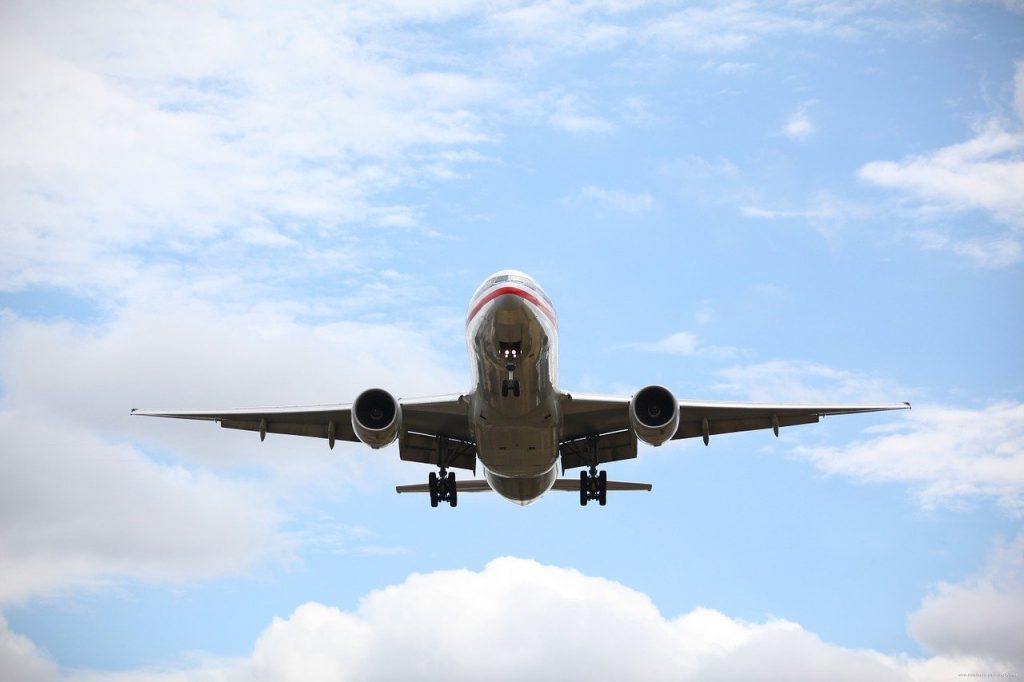
Data can help companies intentionally design where and when to use air in the supply chain by balancing transportation costs vs inventory carrying costs to provide the necessary service level.
3. Improve Demand And Inventory Planning.
Improving demand planning, coupled with inventory planning, allows supply chain managers to position the right inventory level in the right location at the right time. As a result, they can limit split shipments, inventory transfers, repositioning, and expedited shipments, saving their companies’ money.
4. Look For Opportunities To Pre-Position Inventory.
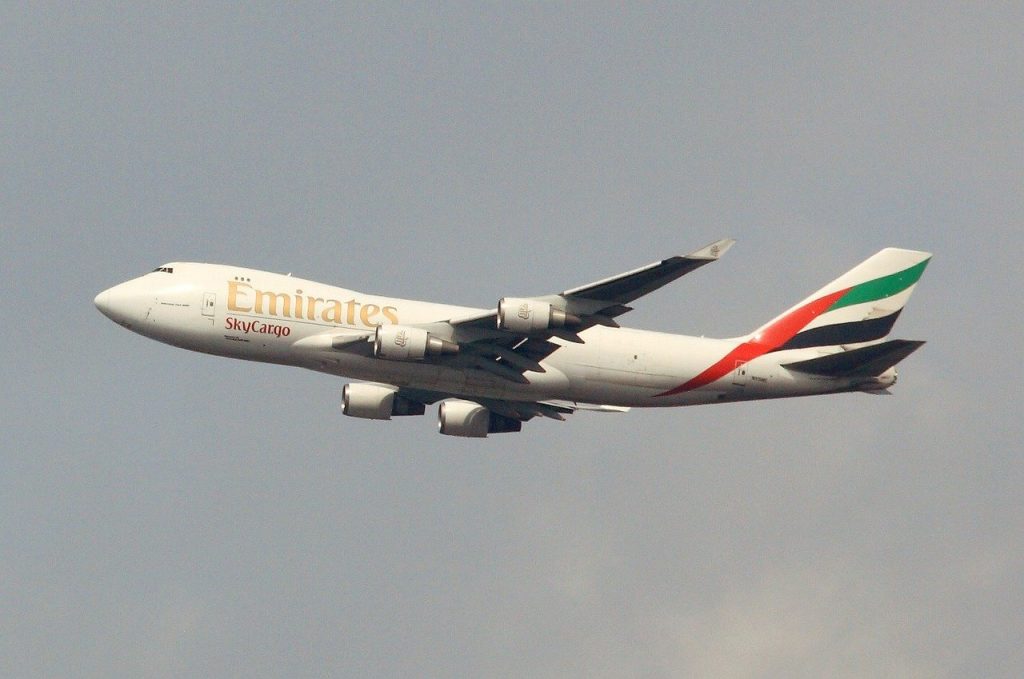
Don’t move products at the last minute or during peak seasons when freight rates are high and capacity is tight. Move inventory into position as early as it makes sense and take advantage of less-expensive transport modes.
5. Use Visualization Models When Applicable.
Visualization models can help managers understand the root causes of air costs surpassing the set budget. They can then adjust to bring costs back in line or decide if a permanent transport strategy change needs to be made.
6. Align Network To Major Airport Hubs.
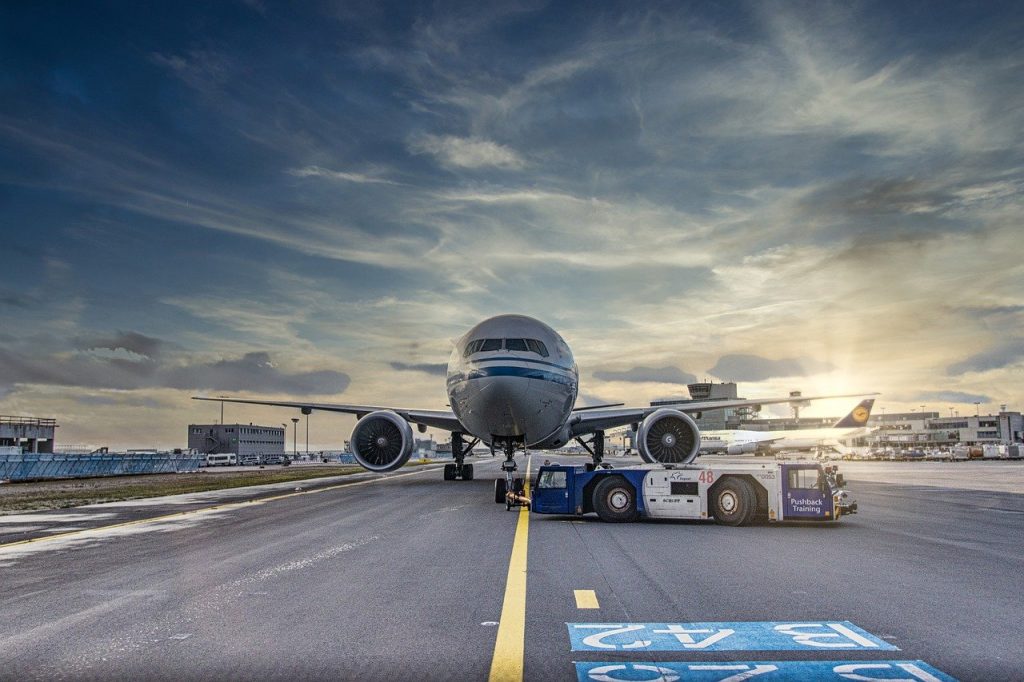
When a network is closer to major airport hubs, companies have more time to process orders and move product in and out of the air network, thereby improving service and lowering overall costs.
7. Monitor Supply Chain Performance.
As companies monitor against supply chain targets and budgets, they’re able to see in real time if they’re spending more on air costs than originally planned and take corrective action.
8. Minimize Customs Delays.
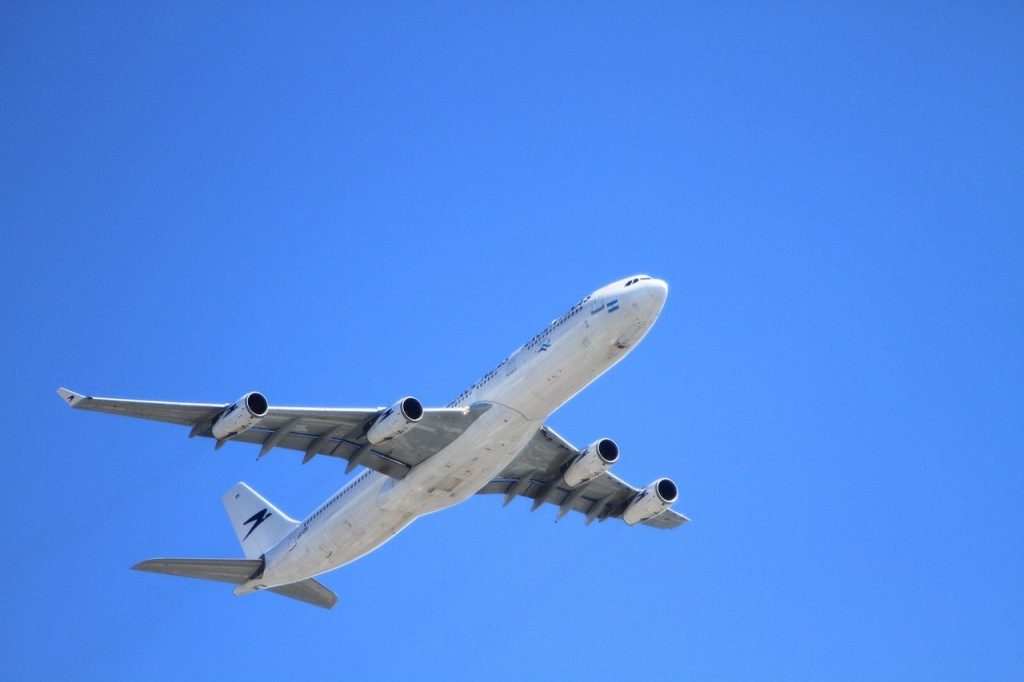
When products are labelled clearly, appropriately packaged, and accompanied by the correct paperwork, companies avoid fines when shipping products across international borders.
9. Maximize Packaging Efficiency.
Many consumers frequently receive multiple packages for the same order filled with packaging materials. Evaluate your split shipments; stop shipping more packages than you need. Additionally, using packaging that is easily transferrable from truck or rail to plane and back, minimizes the breakdown and repacking process.
10. Know What To Expect When Shipping Internationally vs Nationally.
When shipping internationally, supply chain teams must plan farther in advance and understand the risks of long-distance transportation, such as shipping delays. Additionally, consider the longer lead times and increase in touchpoints on the journey. Supply chain teams should be cognizant of these risks and take them into account when planning.
►Source: https://www.inboundlogistics.com/cms/article/minimizing-airfreight-costs/
►Website: https://www.alfrofreight.com
►Contact Us: https://www.alfrofreight.com/contact
►Get Quotes: https://bit.ly/alfroquote

